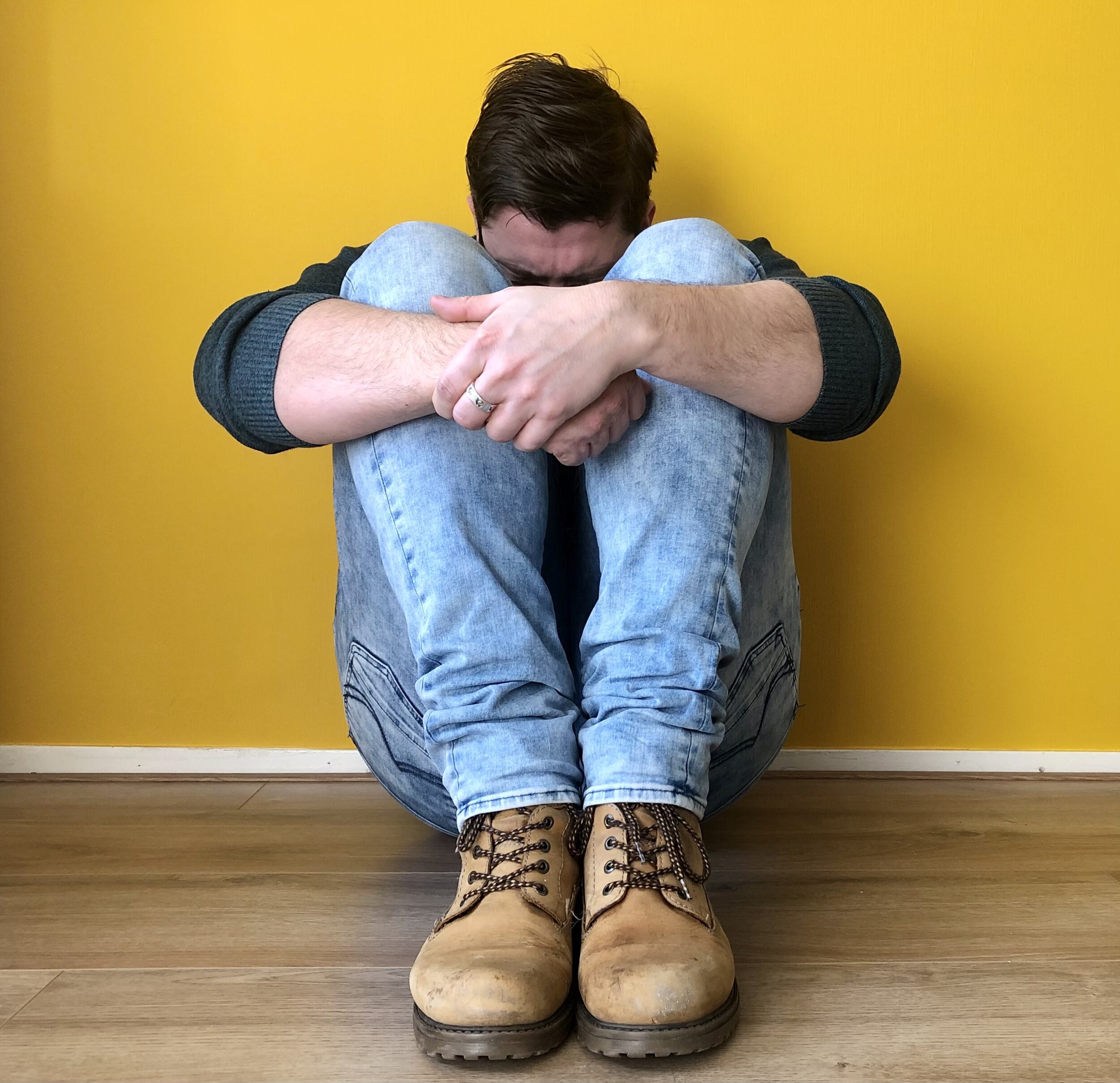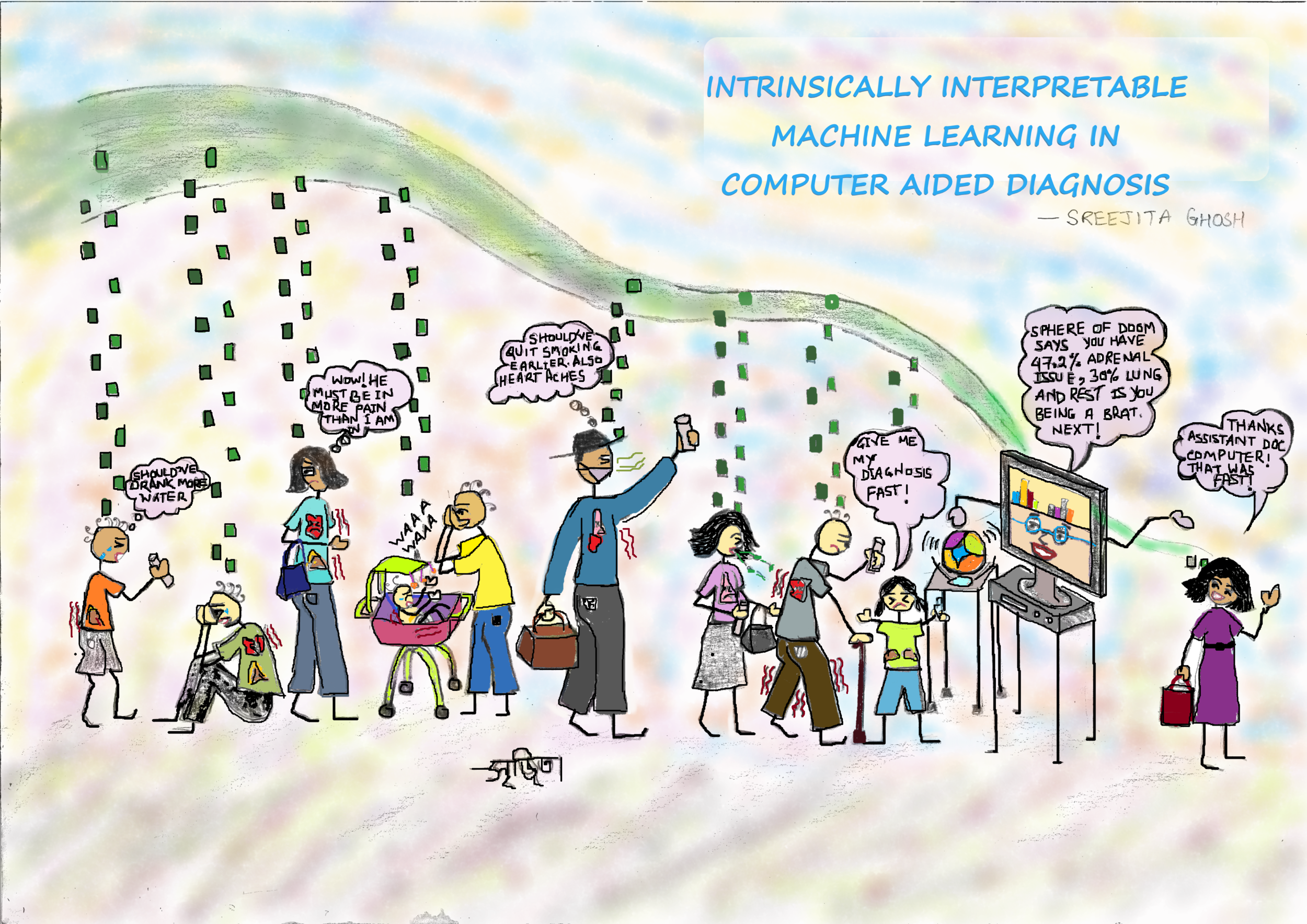
#1 Stone Windows by Ivan Dudurych
A year in lockdown makes it seem like the walls and windows to the outside world don’t really exist anymore. But a solid obstacle may not seem so impenetrable when looked at from the right point of view.

#2 Deepest cryptic heart by Buu Minh Tran
A heart-shaped clump of Listeria monocytogenes cells. This image was taken by chance using photo-activated localization microscopy (PALM), a type of super-resolution microscopy. The cell membrane was decorated by fluorescent proteins fused with a newly discovered transmembrane mini-protein. Scale bar 3 micrometres.

#3 Glioblastoma cell by Mohammad Khoonkari
The Picture is Glioblastoma cell (The most invasive and deadly type of brain cancer). The picture is captured with SP8 Leica confocal microscope and edited a bit with PS to correct the colors.
The picture is captured after 7 days of cell culture in 3D. In this phase, GBM cells are in the most invasive mode, and if you deeply look at the image. The cells form a pattern that looks like a ghost :D.

#4 A Typical Day in the Lab by Antonis Vasileiadis Vasileiou
Shot on a 35mm analogue film, back in September 2020 represents a typical day in the lab.

#5 Carrying the burden alone by Aranka Ballering
Somatic symptoms often remain unexplained. The unexplained nature of symptoms may lead to feelings of loneliness, being misunderstood and shame. Friends, family and others may discredit patients’ symptoms, resulting in patients that start to doubt themselves and their symptoms. This, in turn, stimulates self-isolation and reinforces the feelings of loneliness.

#6 Complexity, trigonometry and cardiovascular disease by Jose L. Flores-Guerrero
The information of metabolism biomarkers was integrated using a complex system approach in the context of cardiovascular disease. Four images were created with self-generative algorithms and harmonographs fed with data on cardiovascular hazard ratios and metabolites Mahalanobis distances (up and right, respectively) in men and women (left and right, respectively).

#7 Charged II by Rozanne Spijkerboer
Soft pastels on Uart 600, 25x35 cm.
This painting represents my PhD thesis, in which I focus on balancing interests related to energy transition with other sectors and interests, both offshore and onshore.

#8 One time I fell and I got an ice-cream by Sterre van der Ziel
Childhood experiences may shape how we deal with health problems later in life.
We studied how children and adults reflect on children’s everyday complaints.
While adults tend to focus on negative aspects such as pain or fear, children talked about colorful band-aids, sweets and treats.

#9 Thesis Cover by Sreejita Ghosh
Machine Learning models are used in computer aided diagnosis. However for doctors to be able to trust these decisions, the model’s explanation about a diagnosis and its confidence in its diagnosis should be available. During my PhD I developed a few variants of such AI models.

#10 Let color shine with all its might! by Rodrigo Gonzalez Alvarez
The world threatens to fade our colors away.
Crushing our hearts and painting our days gray.
Yet, we won’t die without putting a fight
Cuz we are resilient:
We resist and survive
We punch back
Ans yes, we thrive
Everyone, from their own trench, battles a war.
This is mine.

#11 Connected Pathways by Marcela I. Huilcán Herrera
One aspect of my research focuses on the revitalisation of Indigenous languages. Languages, for Indigenous peoples, do not exist separate from everything else, for us, our languages are our culture, our land, our origin, ourselves. This image aims to represent these infinite connections that are the pillars of these communities.

#12 Light (dis)order by Luis Enrique Aguilar Suarez
Crystals are ordered structures that from a different perspective can become disordered. What an irony. They can absorb sunlight which consists of all visible colours ranging from violet to red.












